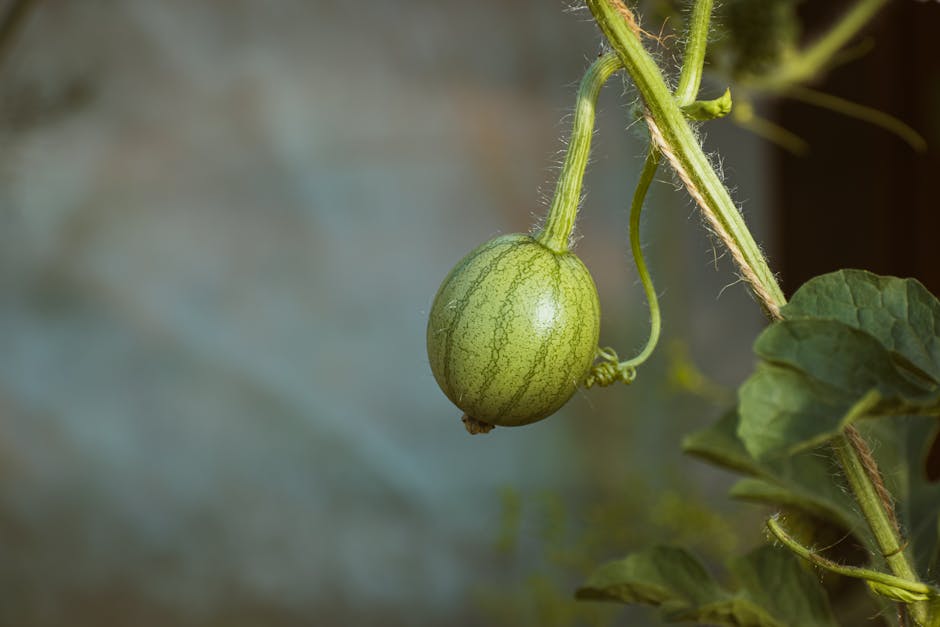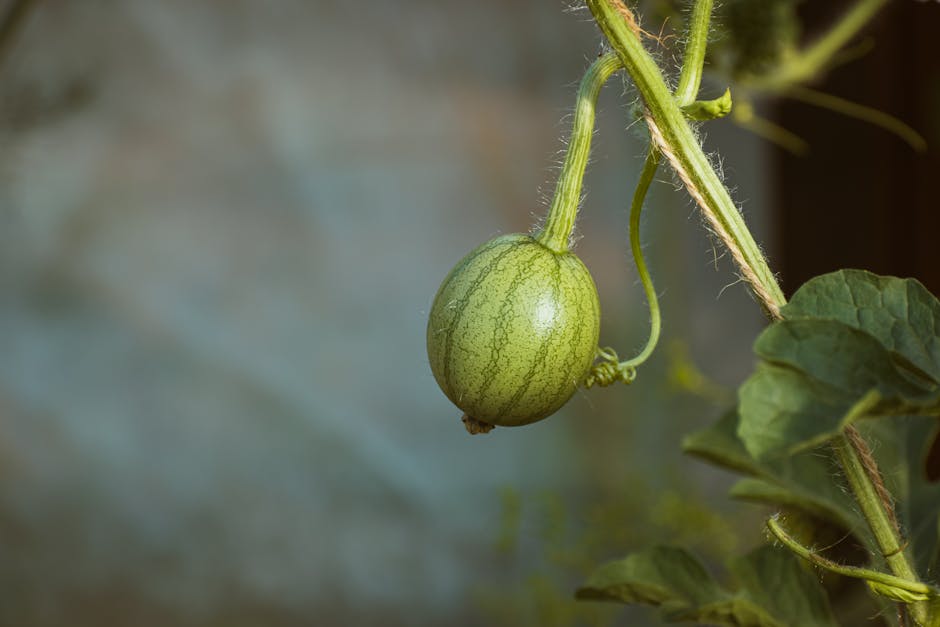Unlocking the Lunar Delight: Your Comprehensive Guide to Growing Moon Melon in Your Garden
The allure of the moon melon, with its intriguing name and unique flavor profile, captivates home gardeners. But cultivating this fascinating fruit successfully requires understanding its specific needs. This comprehensive guide will walk you through every step, from seed selection to harvesting, ensuring you enjoy a bountiful harvest of these sweet, aromatic melons.

Understanding Moon Melon Varieties and Their Requirements
Before you even think about planting, understanding the different varieties of moon melon is crucial. While the term ‘moon melon’ isn’t a strict botanical classification and can sometimes refer to different types of melons with similar characteristics (like certain varieties of cantaloupe or honeydew), it generally points to melons known for their creamy texture, subtle sweetness, and sometimes unique aromatic qualities. Research varieties available in your region; availability varies depending on climate and growing season.
Choosing the Right Variety for Your Climate
Moon melons, like other melons, have varying degrees of cold hardiness. Some varieties are better suited to shorter growing seasons, while others thrive in warmer climates. Check seed packets or online resources for information about days to maturity and ideal temperature ranges. Selecting a variety appropriate for your climate is paramount for success.
Seed Starting vs. Transplanting
You have two primary options for starting your moon melon plants: direct sowing or starting seeds indoors. Direct sowing is simpler but exposes seedlings to potential pests and unpredictable weather. Starting seeds indoors allows for a head start, giving your plants a better chance to establish strong root systems before transplanting into the garden.
- Direct Sowing: Wait until all danger of frost has passed and the soil has warmed up to at least 60°F (15°C). Plant seeds about ½ inch deep and space them according to the variety’s instructions.
- Starting Seeds Indoors: Start seeds indoors 6-8 weeks before the last expected frost. Use seed-starting mix and keep the soil consistently moist. Transplant seedlings outdoors after the last frost, ensuring they are hardened off gradually.
Preparing the Ideal Growing Environment
Moon melons are sun-worshippers. They need at least 6-8 hours of direct sunlight per day to thrive. Choose a sunny location in your garden with well-drained soil. Poor drainage can lead to root rot, a common problem for melons.
Soil Preparation: The Foundation for Success
Melons prefer fertile, well-drained soil. Amend your soil with compost or other organic matter to improve its structure and nutrient content. A soil test can help you determine any necessary amendments, such as adding lime to adjust pH levels. Ideally, the soil pH should be between 6.0 and 7.0.
Providing Adequate Support
As the moon melon plants grow, they’ll produce heavy fruits. To prevent the vines from sprawling on the ground and potentially rotting, provide support. This can be done using trellises, stakes, or even a simple framework of strong sticks. Proper support is crucial for optimal fruit development and ease of harvesting.

Watering, Fertilizing, and Pest Control
Consistent watering is essential, especially during dry periods. Aim for deep, infrequent watering rather than shallow, frequent watering. This encourages deep root growth and prevents shallow roots that are more susceptible to drought stress. Water at the base of the plants to avoid wetting the foliage, reducing the risk of fungal diseases.
Fertilizing for Optimal Growth
Feed your moon melon plants regularly with a balanced fertilizer. Follow the instructions on the fertilizer packaging for application rates. Over-fertilizing can be detrimental, so avoid excessive amounts. Organic fertilizers, such as compost tea, can be an excellent option for providing slow-release nutrients.
Protecting Your Plants from Pests and Diseases
Melons are susceptible to various pests and diseases. Regularly inspect your plants for signs of infestation or disease. Common pests include aphids, squash bugs, and spider mites. Diseases like powdery mildew and downy mildew can also be problematic. Employ appropriate pest and disease control methods, such as introducing beneficial insects, using organic pesticides, or practicing crop rotation.
Harvesting and Enjoying Your Moon Melons
Harvesting moon melons at the right time is crucial for optimal flavor and texture. The melon will typically be ready for harvest when the rind has a deep color (this will vary depending on the variety), and it gives slightly when gently pressed. A ripe moon melon will also have a sweet aroma.

Post-Harvest Care
Once harvested, handle moon melons carefully to avoid bruising. Store them in a cool, dry place, away from direct sunlight. Proper storage can extend the shelf life of your delicious harvest.
Troubleshooting Common Moon Melon Growing Challenges
Even with careful planning, challenges can arise when growing moon melons. Understanding these challenges and their solutions is vital for success.
Yellowing Leaves:
Yellowing leaves can indicate various issues, including nutrient deficiencies, overwatering, or pest infestations. Diagnose the cause and take corrective action.
Fruit Rot:
Fruit rot is often caused by fungal diseases. Proper watering techniques and good air circulation can help prevent it.
Poor Fruit Set:
Poor fruit set can be due to insufficient pollination or unsuitable environmental conditions. Ensure adequate pollinators (bees) are present and address any environmental stressors.
With careful planning, diligent care, and a little patience, you can successfully cultivate these delightful melons. The sweet reward of a homegrown moon melon is well worth the effort!

